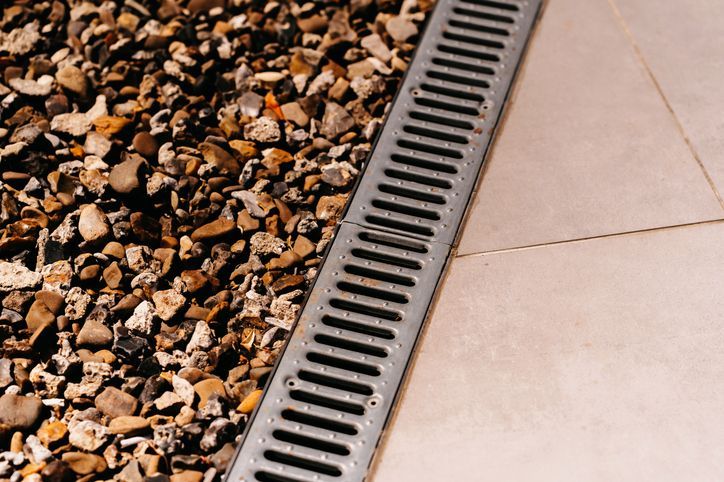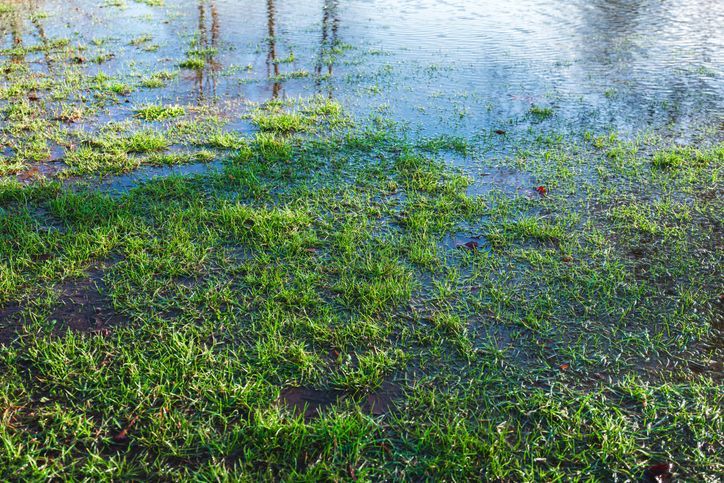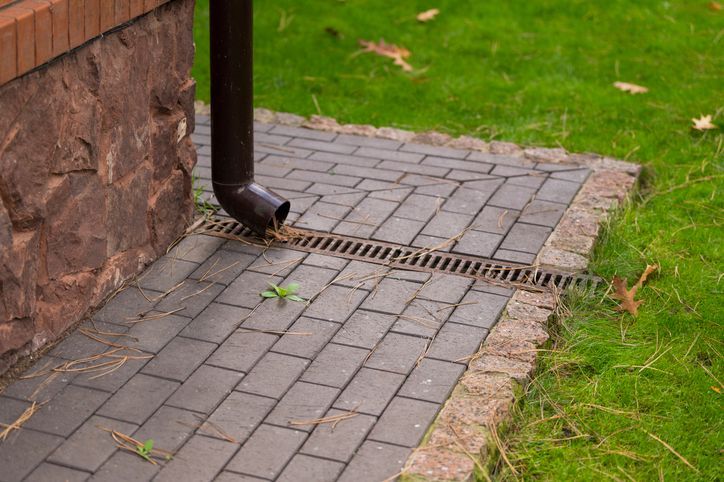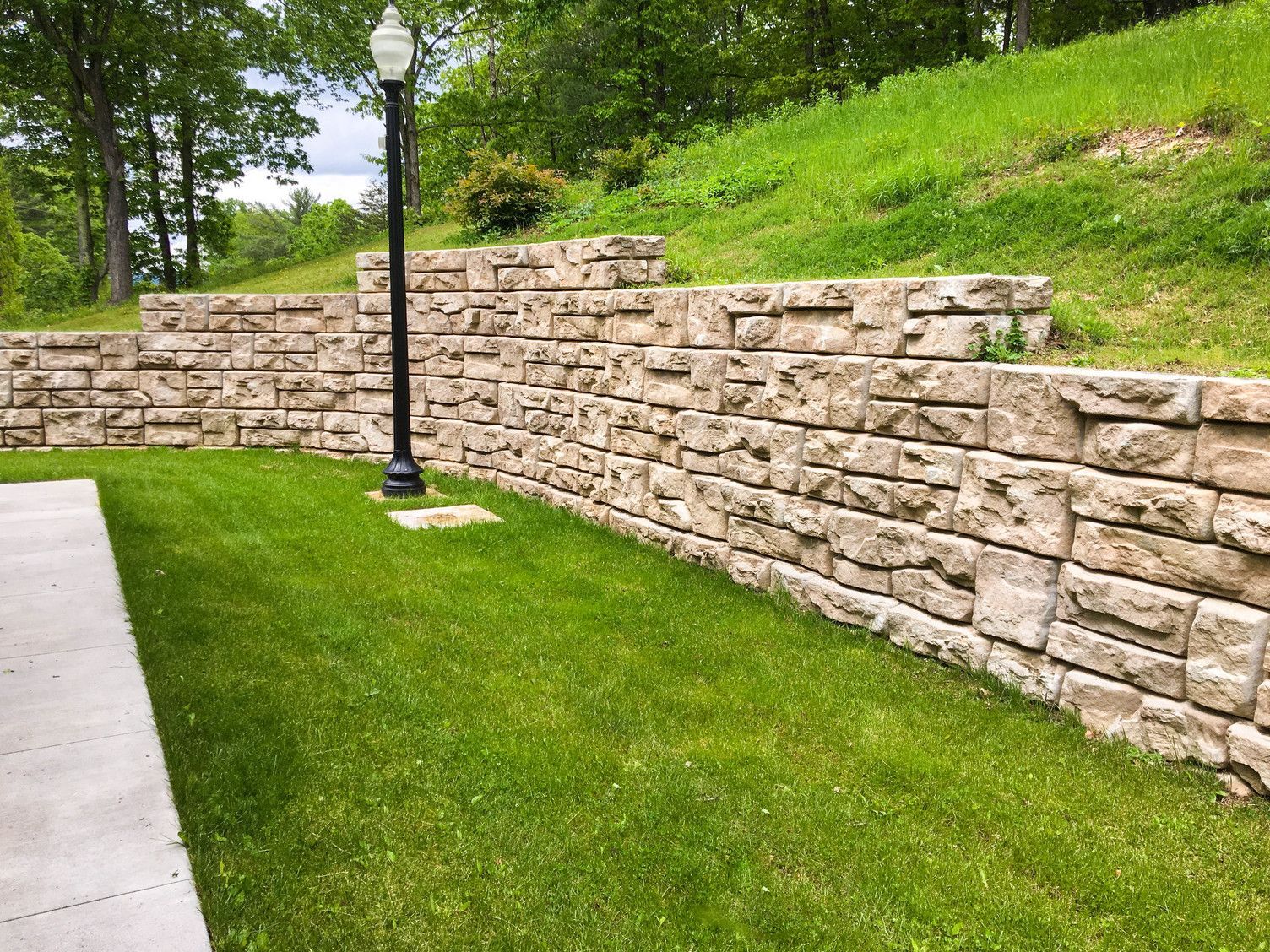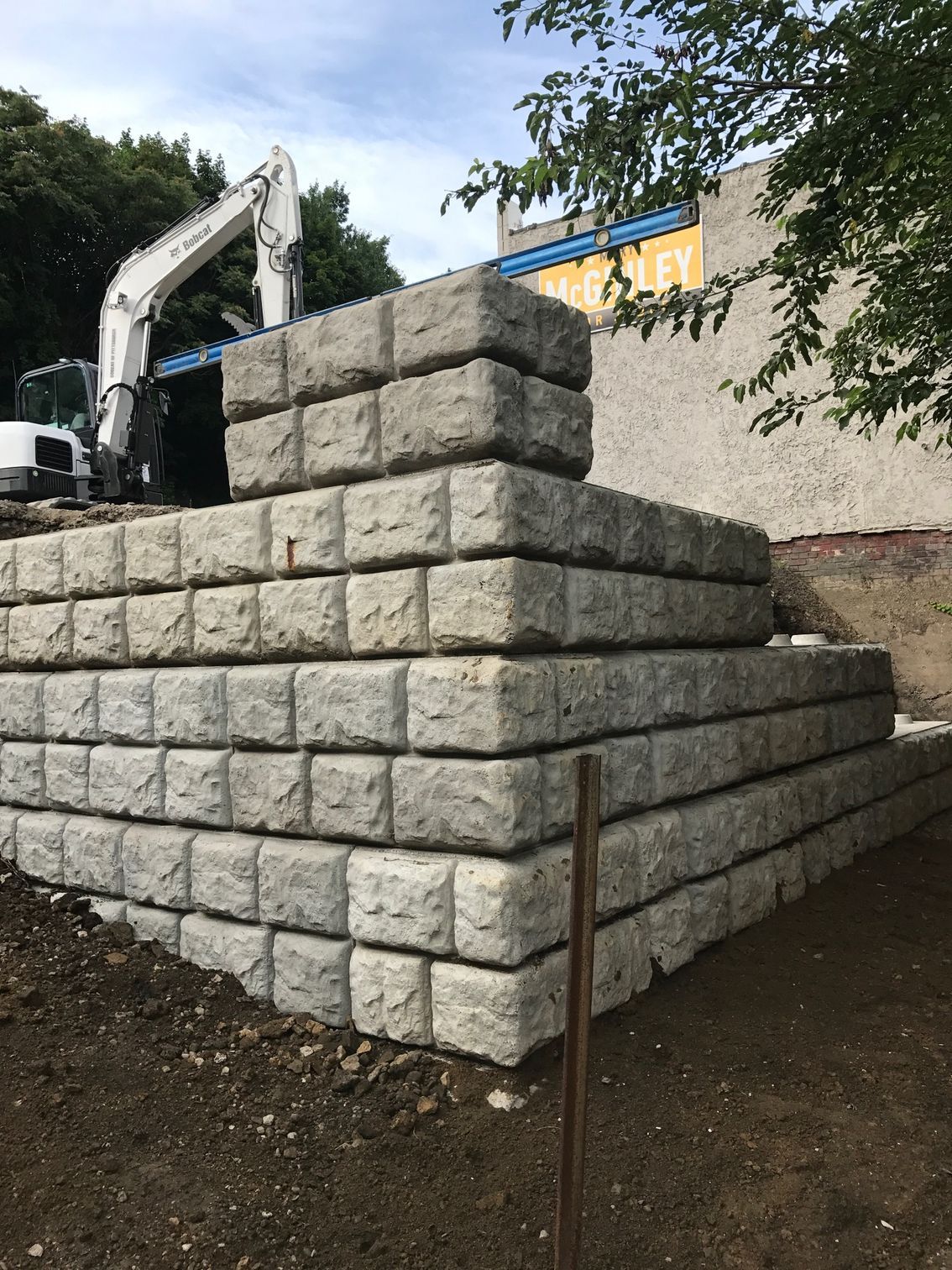How to Create a Rain Garden for Pittsburgh Homes
Rain gardens are a great way of enhancing the natural beauty of your Pittsburgh home. A rain garden can help reduce water runoff, control erosion, protect local waterways and enhance wildlife habitats. Plus, they look beautiful! But before you get started on creating your own rain garden for your Pittsburgh home, it's important to understand what's involved.
Here are a few tips for creating a rain garden in your backyard:

What is a Rain Garden?
A rain garden is a type of shallow depression in the ground designed to absorb and retain rainfall. The plants inside the rain garden help capture and slow down runoff, allowing it to filter into the soil before entering a nearby waterway.
Benefits of a Rain Garden
Rain gardens provide many benefits for your home and community. They help reduce pollution by filtering runoff with plants and soil, reducing the amount of pollutants that enter water sources like rivers and streams. Rain gardens also help slow down stormwater runoff, which helps prevent flooding and erosion in nearby waterways. Additionally, rain gardens can increase wildlife habitat in urban areas.
Designing Your Rain Garden
When designing your rain garden, the size, and shape will depend on the amount of runoff in your area. For instance, if you live in a heavily developed area with large amounts of impervious surfaces (paved streets and sidewalks) or steep slopes that quickly carry water away from your home, you may need a larger rain garden. However, if your area has more open space with smaller slopes and less impervious surfaces, you may be able to create a smaller-sized rain garden.
You will begin creating your rain garden by building up a berm in the lower spot in your yard. From there, you will build swales to channel any runoff from your gutters or higher portions of the yard. This water will get absorbed into the soil through a system of deep plant roots. When selecting your plants, you will choose plants that are adapted to Pittsburgh and can thrive in the different water depths of the rain garden.
You also want to include an overflow zone that is located on one side of the rain garden in a slightly lower area to channel water away after the garden is full.
Where Should I Place My Rain Garden?
When planning where to place your garden, look for spots in your yard that have good drainage but not too much. You should also ensure the area gets at least four hours of direct sunlight. Additionally, it's important to consider the nearby trees and plants when planning the location of your rain garden.
We recommend that you have a minimum slope of 2% to ensure the water flows into your rain garden. Without this slope, extensive excavation or grading may be required to create a slope and improve the drainage for a rain garden. Rain gardens need to be placed at least 10 feet from the home to prevent water from seeping into the foundation.
How Deep Should My Garden Be?
The depth of your rain garden will largely depend on how the soil in your yard absorbs water. To test the speed at which your garden area absorbs water, you can do a "bucket test." To do this, fill a 5-gallon bucket with water and time how long it takes for the soil to absorb the bucket's contents. Time how long it takes for the water level to go down. For example, if the water drains by half an inch within an hour, then you can assume that the water will drain an inch in two hours.
This means the soil can drain about 12 inches of water within a period of 24 hours. Once you have your results, you can use them to create an appropriate depth for your rain garden based on the types of plants you plan to include.
How Big Should I Make My Rain Garden?
The size will depend on the type of soil, amount of runoff, and types of plants you plan to use. It's important to choose an appropriate size to ensure the water is able to be absorbed quickly. A good rule of thumb is that a small garden should be at least 10-15 feet from your home and cover an area of around 100 square feet.
Selecting the Right Plants
When selecting plants, look for native species that are well-adapted to the Pittsburgh climate. The plants you choose should be able to tolerate both wet and dry conditions, as they will need to survive during periods of heavy rain followed by extended droughts. Native plants also help support wildlife in the area and require less maintenance than exotic species.
Should I Use a Professional Landscaper to Install My Rain Garden?
Installing a rain garden is a big job and should be done with caution. If you're not sure how to create your own, we recommend that you hire South Hills landscapers at J Bird's Landscaping to help. Our experienced professionals will be able to give advice on the best plants for your yard, as well as build the garden correctly. We can also provide ongoing maintenance and care to ensure your rain garden stays healthy and looks great.
Creating a rain garden for your Pittsburgh home is a great way to reduce water runoff, protect local waterways, and enhance wildlife habitats. With the right design and plants, you'll be able to enjoy a beautiful addition to your backyard while also helping the environment.
Whether you decide to create your own rain garden or hire South Hills landscapers from J Bird's Landscaping, we wish you the best of luck in enhancing your Pittsburgh home.
Contact us today to learn more!
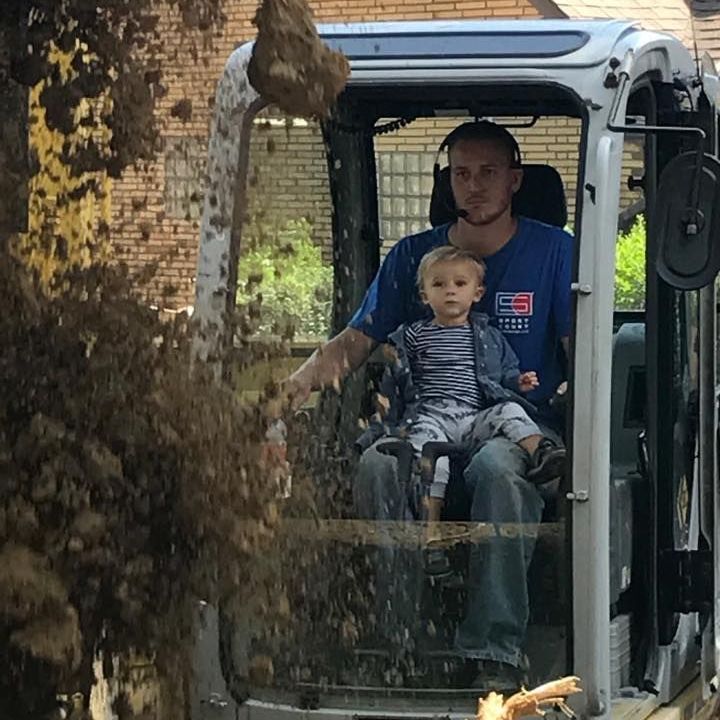
Author: Jay Nagy
Owner & Founded of J Bird's Landscaping. 18+ Years of experience in Pittsburgh lawn cutting, patio installation, trucking/hauling, French drain installation, and other landscape/design services.
More Posts from J Bird's Landscaping


